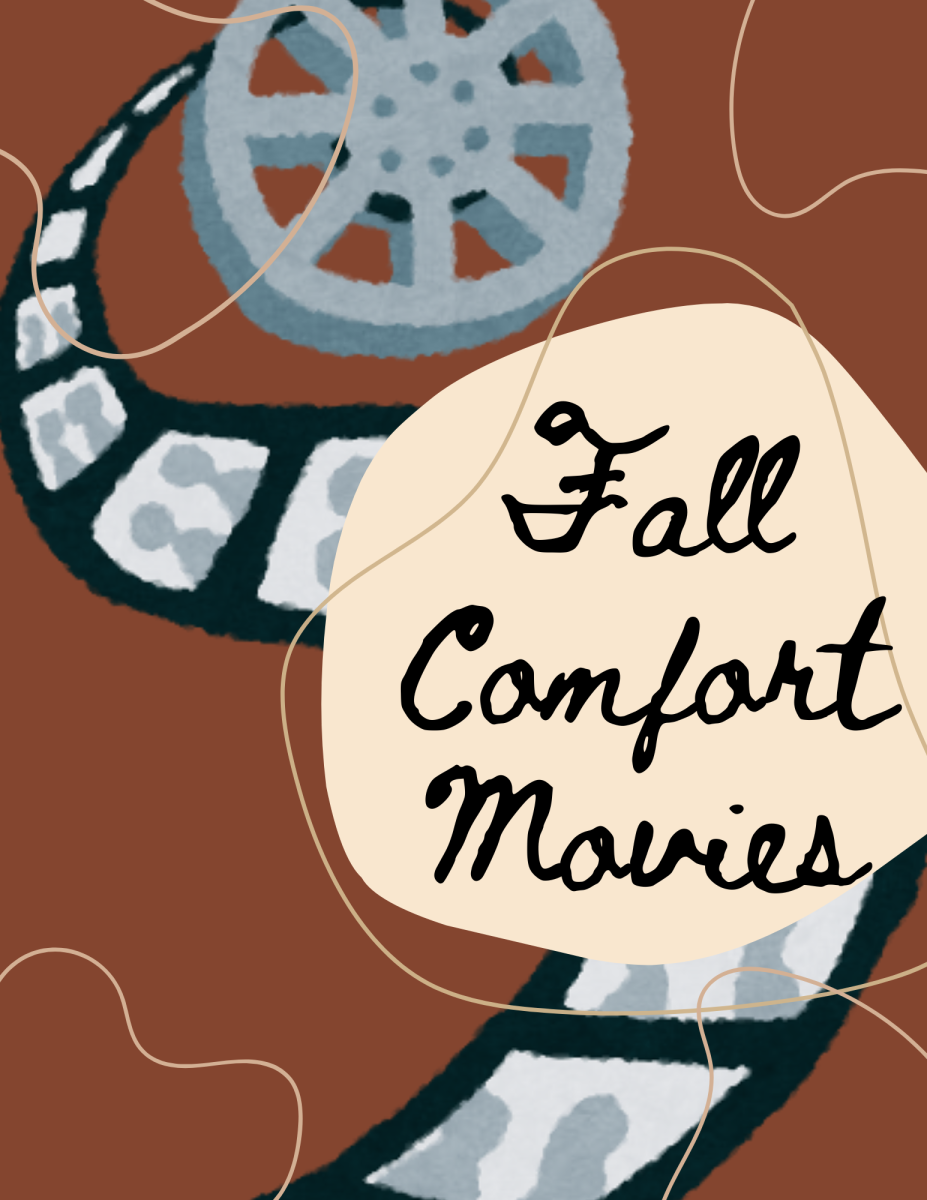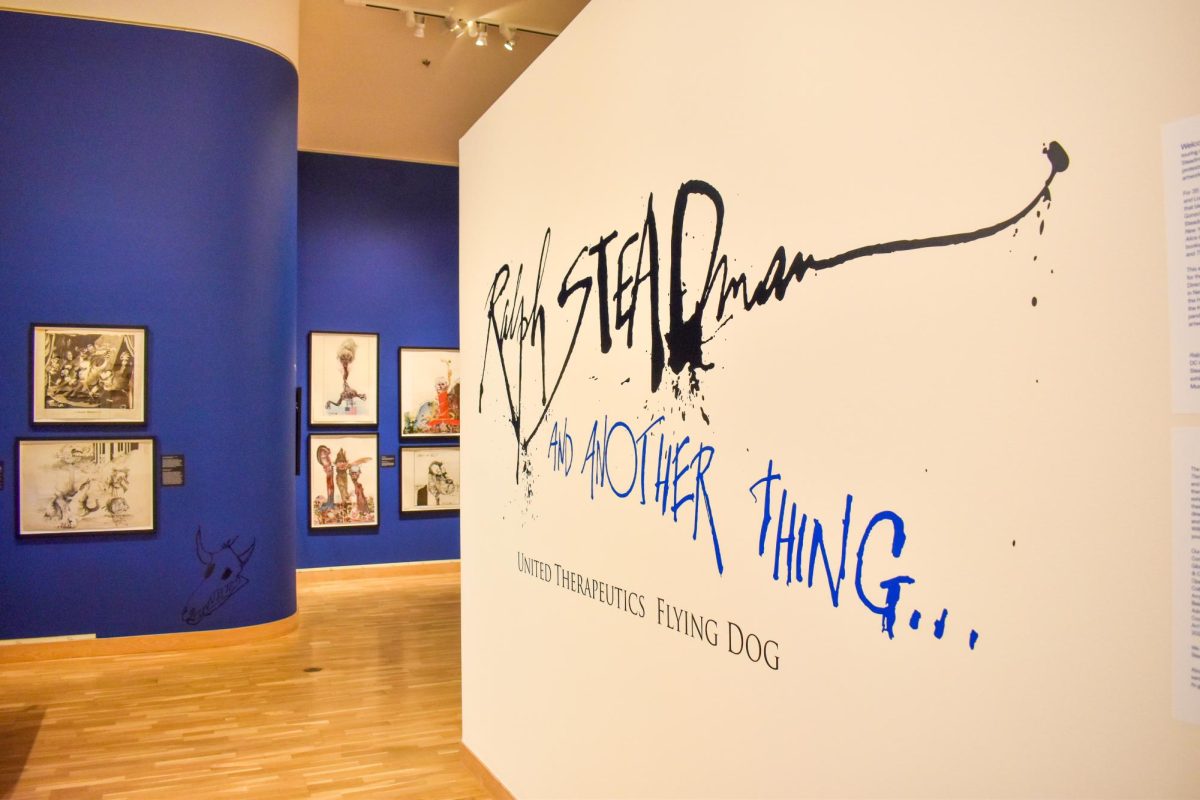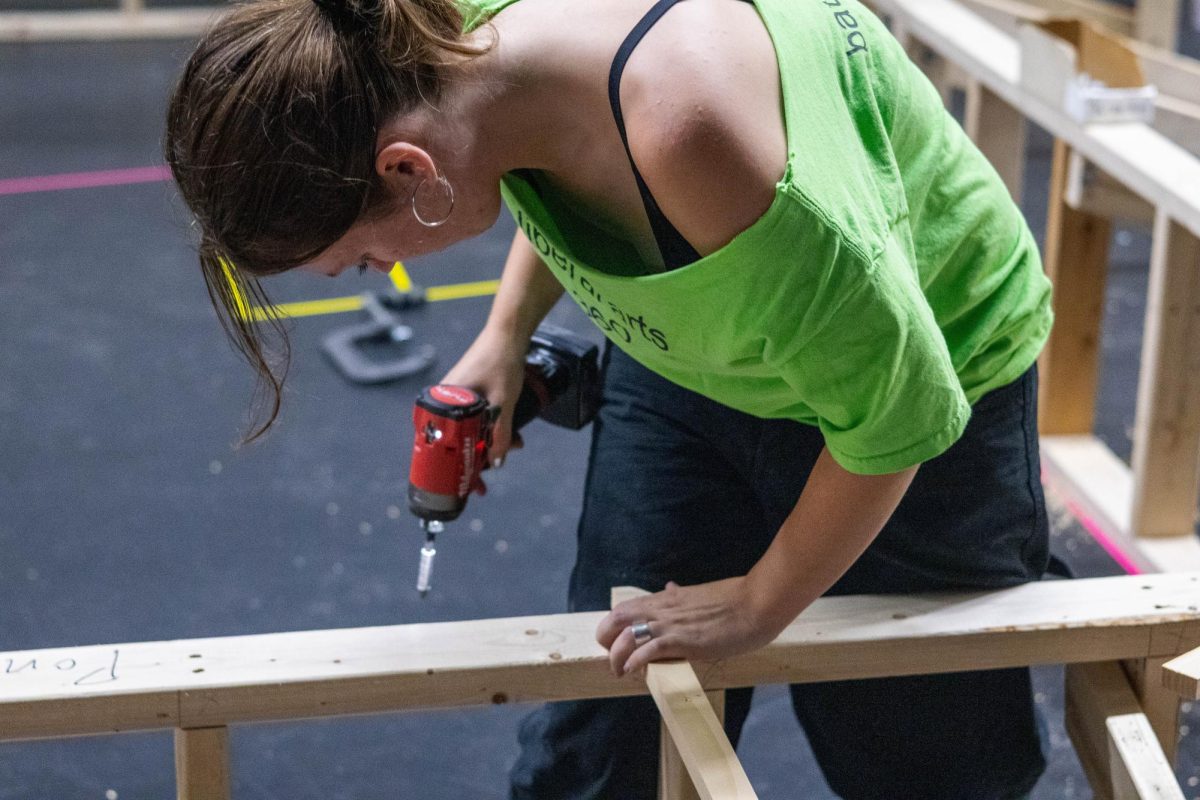It is not a coincidence that the #MeToo movement gained traction in the wake of the 2017 Harvey Weinstein scandal, or that many of the scandals have centered around prominent figures in the entertainment industry. Film, TV, and theater operate differently from the traditional job market. Everyone knows everyone, especially in major hubs like Los Angeles, New York, and Chicago. The mindset has arisen that putting one toe out of line, even to expose sexual harassment, can place your entire career in jeopardy.
One of the cardinal rules of improvisation is that you never say no when asked a question. You always say, “Yes, and…” because that keeps the scene moving. Generations of actors have been raised on the idea of not being able to say no, even when they are uncomfortable. For example, a character may be comfortable in such a situation, but a character’s words and actions do not represent the actor. There are horrible stories about actors and actresses being asked to do scenes that make them uncomfortable, whether it be nude shots, wearing tight or revealing clothing, et cetera. In an age where directors and producers hold the power, especially over young, vulnerable actors, admitting discomfort or even fear can feel impossible.
Fights on stage or on the screen are carefully planned and coordinated for the safety of all those involved. Acting unions often require the presence of fight choreographers for productions involving fights or abuse situations of any kind. Their job is to work with the actors to form safe choreography that prevents anyone from getting hurt, and it is treated like dance choreography rather than movement blocking. In professional theater, the fight choreographer will not be around for the entire run and rehearsal process of a production, so the stage manager, who will be, is left in charge.
For example, if anyone deviates from the choreography, a risk to others involved, the stage manager handles the reprimand. Now, intimacy directors and choreographers are starting to do the same with scenes of romantic intimacy. Their job is to protect actors on a more psychological level. In intimacy choreography, actors are given the agency to set clear boundaries for their comfort levels. Both the actors and stage manager are encouraged to write down exactly how the moments are supposed to play out, and if deviations occur, the stage manager handles it, just like they would in a fight situation.
Sexual harassment and abuse in the industry is not new. The idea of the casting couch finds its way into almost every pop culture piece that looks into the entertainment industry. We see child stars magically fall in love with their managers or agents, the people helping them find and get jobs, on their eighteenth birthday. For years, this ugly side of the industry has been acknowledged within, but largely hidden from the outside world. People have suffered in silence over conditions and abuse. But not anymore.
Last weekend, Artemis Preeshl ’84 returned to Bates to teach an intimacy direction workshop to anyone interested, mostly aimed at artists. In the workshop, we worked on exercises that involved asking for consent and incorporating physicality into it. One such exercise involved partnering up. One partner would touch everywhere on their body that, in this context, their partner was allowed to touch. Everywhere else was fenced off. Then, the partners would take hands, and the first partner would guide the second over everywhere they just touched. Fences were allowed to shift. It is one thing to imagine your partner touching the top of your foot, for instance, and then actually feeling them do it, and decide no, not anymore. But also, the other partner had the right to say, “Hey, I don’t feel comfortable touching your stomach, so I’m going to add a fence there.”
The idea of intimacy workshops is to become comfortable with the idea of setting boundaries for yourself and being able to say no. But she also made it clear that consent is conditional, and just because something was okay yesterday doesn’t mean it’s okay today. She compared consent in intimacy choreography to the idea of an actor or dancer coming into rehearsal with a recent injury, such as a sprained ankle. Blocking and choreography would be adjusted to acknowledge that injury and what is now comfortable. Why can’t the same be true with moments of intimacy?
For more information, visit notinourhouse.org.







